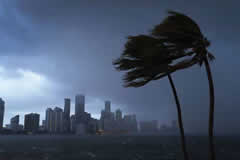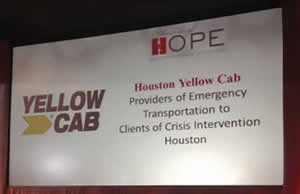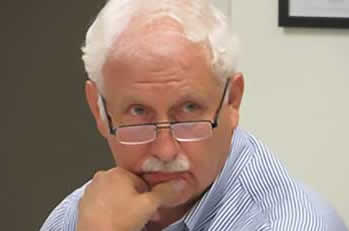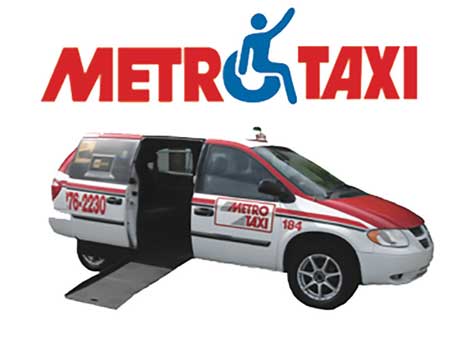


The 2017 hurricane season wrapped up at the end of November, and it went on record as one of the most destructive in history. TLPA members in both Houston and Florida faced unprecedented challenges last summer when hurricanes Harvey and Irma pounded both areas. They have advice for operators who could face similar challenges in the future.
Harvey was a catastrophic and extremely destructive Atlantic hurricane which became the first major hurricane to make landfall in the United States since Wilma in 2005.
From August 26-29, many areas received more than 40 inches of rain. The hurricane claimed more than 70 lives in Houston. Total damage and cleanup costs could reach $75 billion making Harvey the second most costly natural disaster in U.S. history behind only Katrina.
Less than two weeks later, Irma became the strongest observed hurricane in the Atlantic Ocean since 2005. On September 10 and 11, it made landfall on the central and western sides of Florida. So far, officials estimate it has caused more than $63 billion in damage and killed more than 130 people.
"It was chaos for a while," said Mike Spears of Houston Yellow Cab. "Houston won’t be back to normal anytime soon."

 Mike Spears of Houston Yellow Cab
Mike Spears of Houston Yellow Cab

Because hurricanes are always a concern for coastal cities, Spears and Brock Rosayn of Metro Taxi of Palm Beach County Florida have emergency plans in place. In fact, preparation should be the top priority of any operation in a storm’s path, they say.


Brock Rosayn, president of Metro Taxi of Palm Beach County
In Houston, preparedness means a myriad of things. Houston Yellow Cab has an agreement with a parking garage downtown. During a hurricane it can move as many vehicles as possible to that facility.
The company also has redundant dispatch systems, so if the Houston location is flooded or hit with debris, their vehicles can be dispatched from a center based in San Antonio.
Before a storm starts, the company also stocks up on emergency supplies, including food and water, just in case staffers are stranded at work.
Still, not all problems are avoidable. With debris flying at 100 miles per hour and incredible amounts of rainfall, things still can and will go wrong. Resiliency is key.
"Hunker down," Rosayn says. "Try to put vehicles in a safe place, somewhere on high ground that won’t get flooded like a parking garage, if possible. Have a standby generator that’s been tested ahead of time. Secure your equipment, and get ready for the storm.
Rosayn said what his company really struggled with during and after the storm was connectivity and power. They went without power for three days, but that was partially combated by their generators.
The worst problem, he says, was the Internet being down for nearly 10 days. Because his phone and dispatch systems rely on an Internet connection, they faced major communication issues.
As a temporary fix, his company used mobile hotspots to keep operators running. He admits it’s not a perfect system, but it worked well enough to put the company back in business.
Rosayn’s company sustained mild damage. Only two cars had cracked windows, but the fencing around his company’s building was blown down as were nearby trees.
Spears lost roughly 40 vehicles, but he maintains the damage could’ve been much worse had the company not moved quickly and efficiently.
"The biggest thing to consider is that you have to be prepared beforehand," Spears said.
About TLPA:
Established in 1917, the Taxicab, Limousine & Paratransit Association (TLPA) is a non-profit trade association of and for the local passenger transportation for-hire industry. Its extensive membership spans the globe to include 1,000 taxicab companies, executive sedan and limousine services, airport shuttle fleets, non-emergency medical transportation companies, paratransit services, and industry vendors. For more information, please visit www.tlpa.org